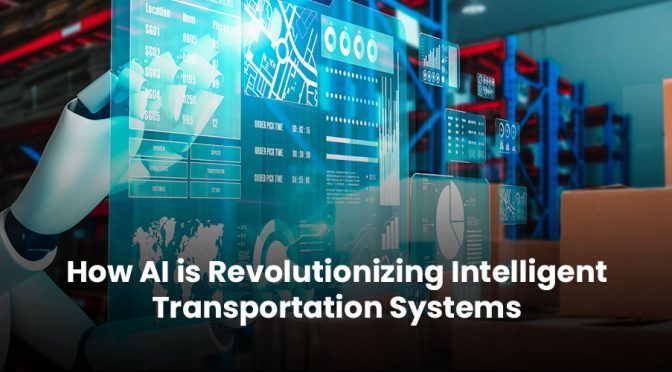
AI is revolutionizing intelligent transportation systems with real-time traffic management, autonomous vehicles, smart logistics, and eco-friendly urban mobility.
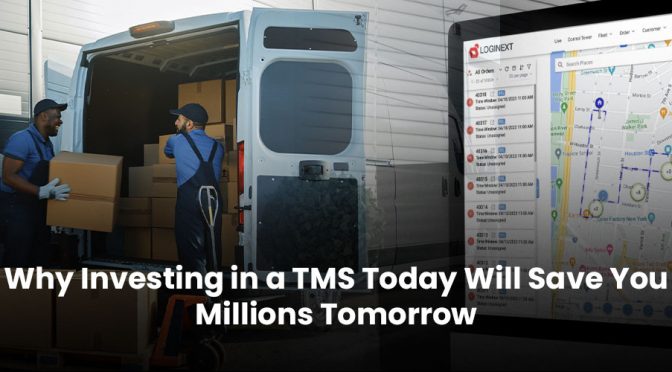
Transportation management software optimizes logistics, cuts costs, and boosts efficiency. Investing in a TMS today ensures long-term savings and business success.
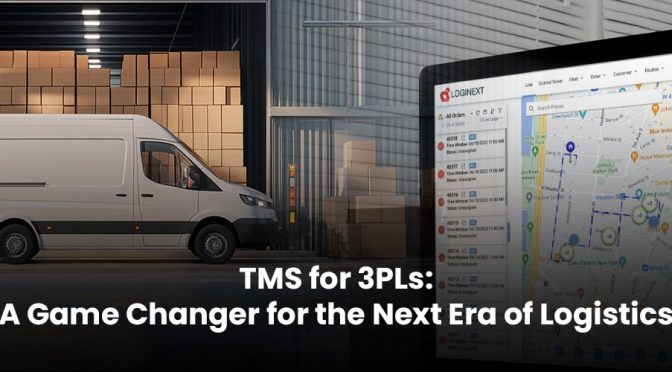
Transportation management software is revolutionizing 3PL logistics by optimizing routes, reducing costs, and improving real-time tracking. Stay ahead with cutting-edge TMS solutions.
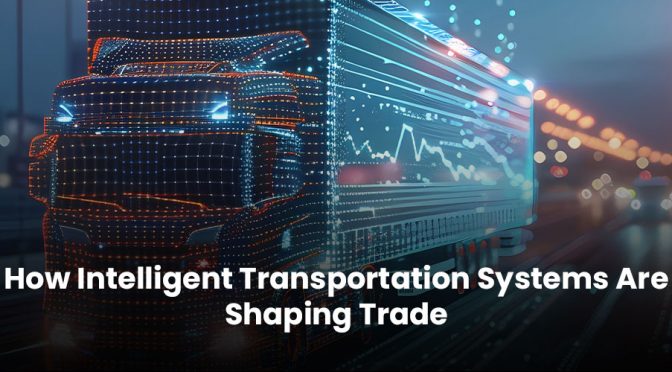
Intelligent Transportation Systems (ITS) revolutionize trade by optimizing supply chains, reducing costs, and enhancing efficiency. Learn how ITS shapes the future of global commerce.
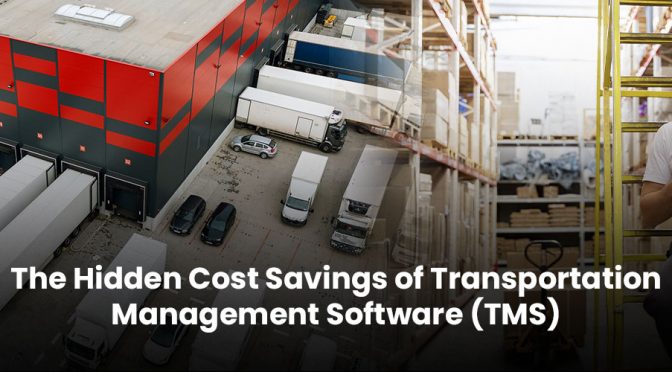
Transportation management software (TMS) helps businesses cut costs by optimizing shipping, automating logistics, and improving fuel efficiency, leading to significant long-term savings.
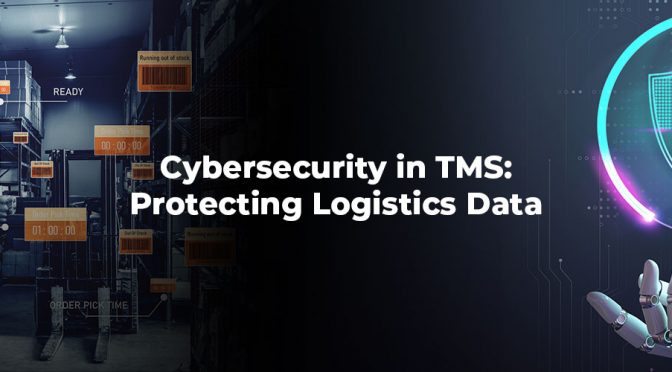
Learn how to safeguard transportation management software (TMS) from cyber threats, including data breaches, ransomware, and insider attacks, to ensure secure logistics operations.
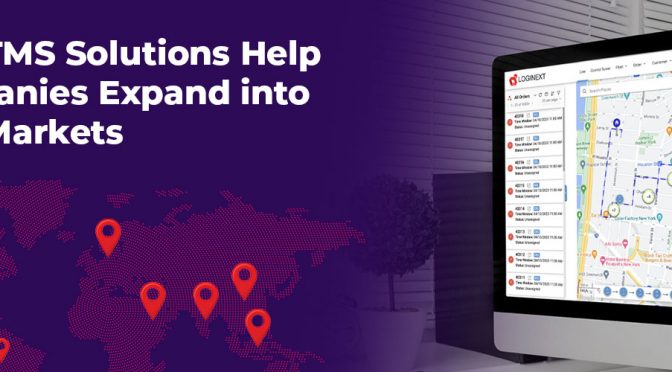
Transportation management software streamlines logistics, optimizes costs, and ensures regulatory compliance, enabling businesses to expand into new markets and achieve sustainable growth.
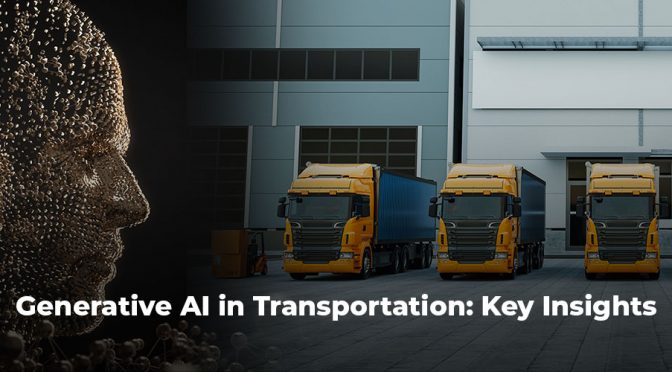
Generative AI is transforming transportation management by optimizing routes, forecasting demand, and enhancing efficiency. Discover how it drives smarter, sustainable logistics.
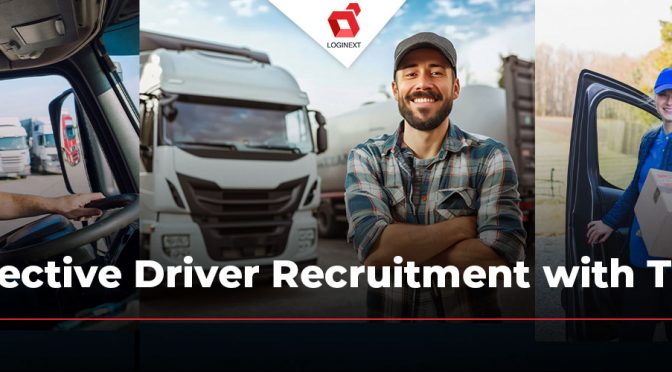
Facing a driver shortage? Transportation Management Systems (TMS) offer solutions by streamlining recruitment, optimizing routes, and enhancing driver retention. Learn how TMS can bridge the gap effectively.
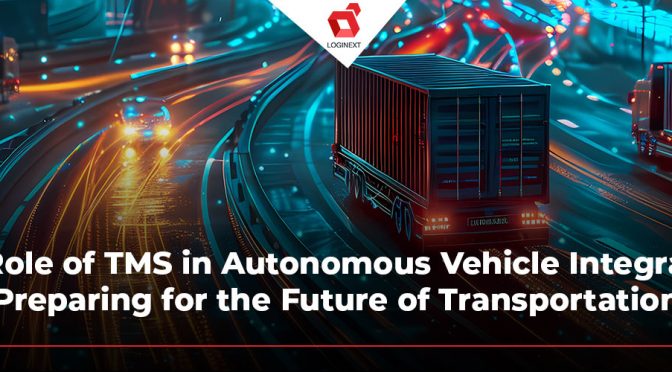
Explore the pivotal role of Transportation Management Systems (TMS) in integrating autonomous vehicles. Learn how TMS enhances route optimization, safety, and cost efficiency, preparing for the future of transportation.
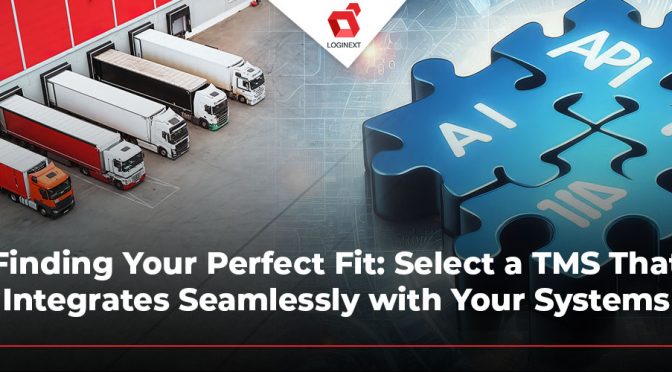
Choosing the right Transportation Management System (TMS) is essential for logistics efficiency. Discover key features to look for and how to ensure seamless integration with your existing systems.
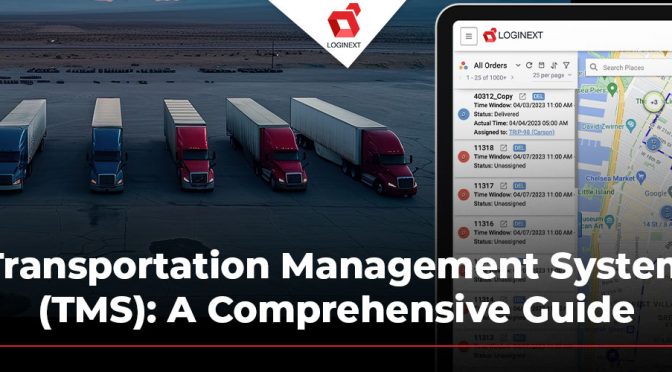
Discover how a Transportation Management System (TMS) can revolutionize your logistics operations. This guide covers TMS features, benefits, and how modern technologies like AI and cloud computing are shaping the future of transportation management.
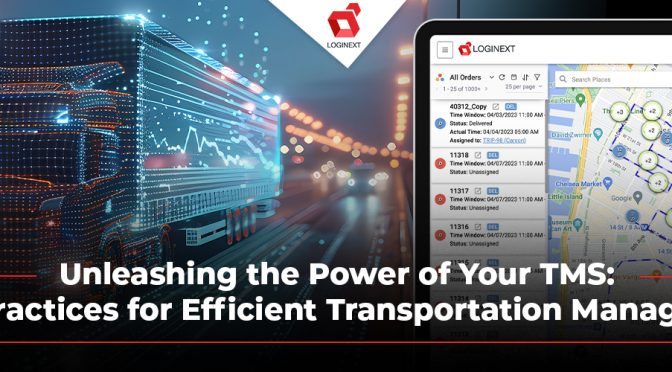
Harness the power of Transportation Management Software (TMS) with best practices for seamless integration, data-driven decisions, and optimized route planning. Boost efficiency and stay competitive.
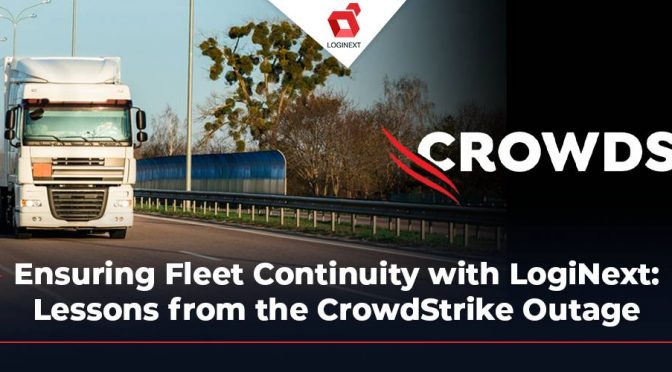
Discover how LogiNext’s cloud-based TMS protects logistics operations from IT disruptions like the CrowdStrike outage. From real-time tracking to advanced security, ensure fleet continuity and efficiency
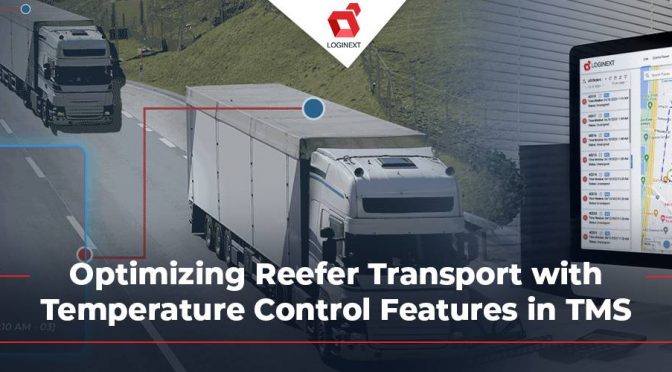
Explore how Transportation Management Systems (TMS) can help optimize reefer transport with temperature control features, enhancing efficiency, compliance, and product safety for the food, beverage, and pharmaceutical industries.
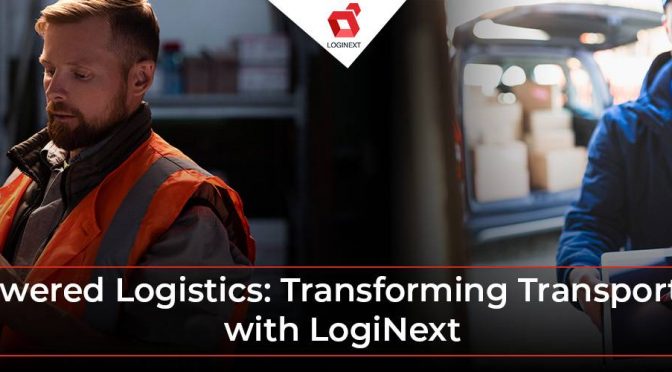
Explore how AI in transportation management systems makes operations more efficient and customer-centric. Learn how LogiNext’s AI-powered TMS tackles industry challenges, enhances real-time tracking, and improves logistics performance.
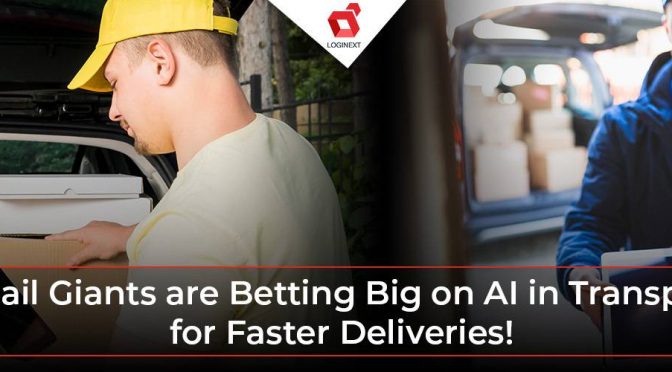
Retail giants are betting big on AI in transportation for faster deliveries. From reducing delivery times to improving customer satisfaction, AI optimizes every step of the logistics process. Learn how LogiNext implements AI for transportation management and changing retail logistics with its innovative solution.
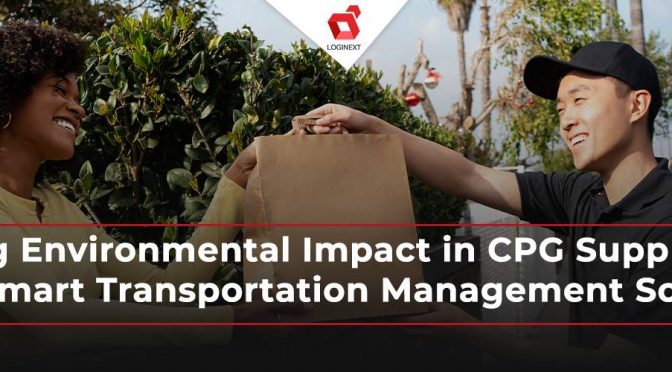
LogiNext’s Transportation Management Software revolutionizes CPG supply chains by optimizing routes, improving load utilization, and enabling real-time tracking. This technology reduces emissions, enhances sustainability, and meets consumer demand for eco-friendly practices, ensuring long-term business success.
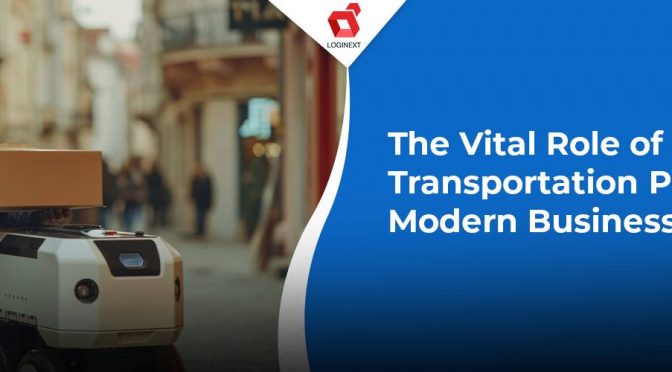
Transportation planning involves designing and managing systems to move products efficiently and cost-effectively. Good planning helps save money, reduce fuel costs, and improve delivery times. Using transportation management software like LogiNext can enhance efficiency and scalability, making it a wise investment for any growing business.
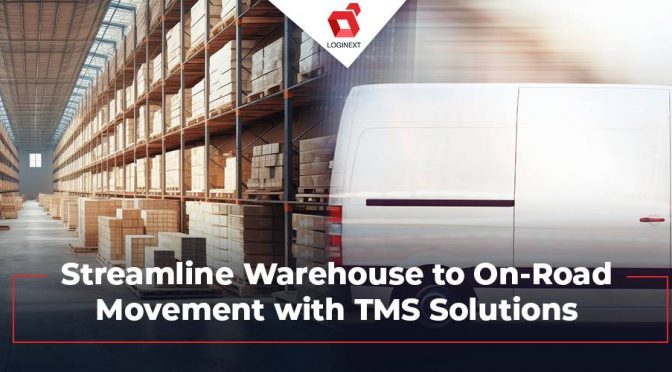
Efficient goods movement from warehouses to final destinations is crucial in supply chain management. Middle mile logistics and last mile delivery demand innovative solutions for seamless warehouse-to-road operations. LogiNext’s Transportation Management Software bridges this gap, optimizing routes, consolidating shipments, and enhancing customer satisfaction.
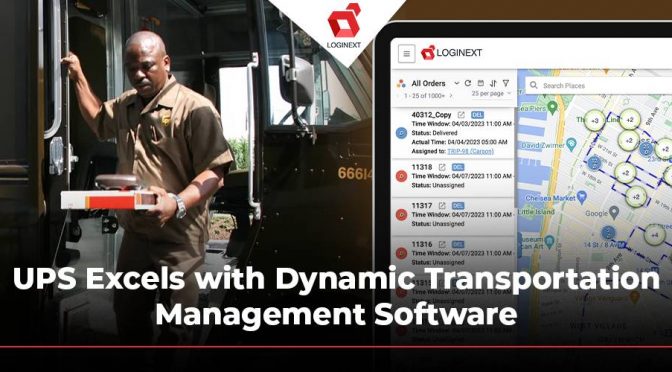
UPS harnesses advanced transportation management software to streamline operations and stay competitive in the global market. This technology reduces costs, enhances operational visibility, and improves customer service, setting new standards for logistics excellence. By continually optimizing their supply chain management, UPS not only meets but exceeds customer expectations, ensuring efficient and reliable delivery across over 200 countries and territories, solidifying their position as a leader in global logistics.
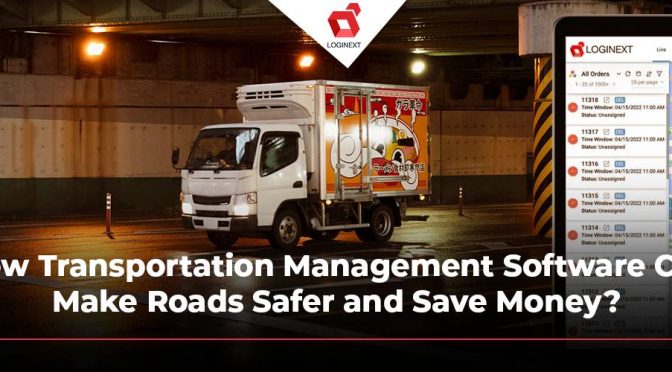
Transportation Management Software by LogiNext is a powerful tool for companies looking to make their operations safer and more efficient. By leveraging advanced technology and analytics, we enable companies to optimize routes, monitor vehicle performance, and mitigate risks, ultimately leading to safer roads and significant cost savings.
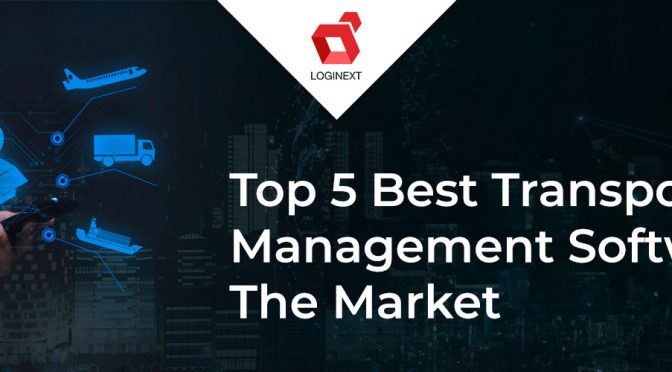
Transportation management systems play a vital role in supply chain management and seamless delivery. Get insights into the best transportation management software and the benefits of using LogiNext’s Transportation Management System.
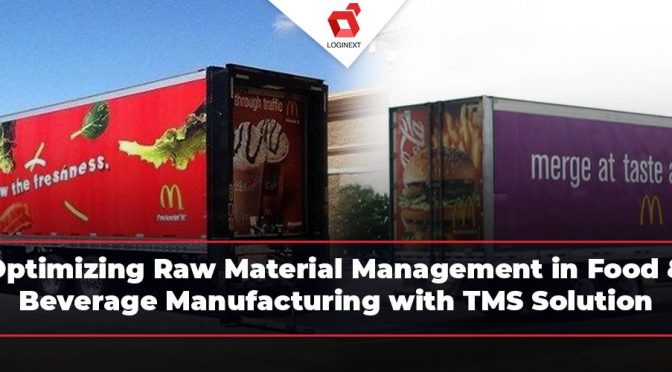
This article discusses the challenges of managing raw material expiration in the food and beverage manufacturing industry. It highlights the benefits of using a TMS solution, and how it can be used to optimize the management of raw materials.
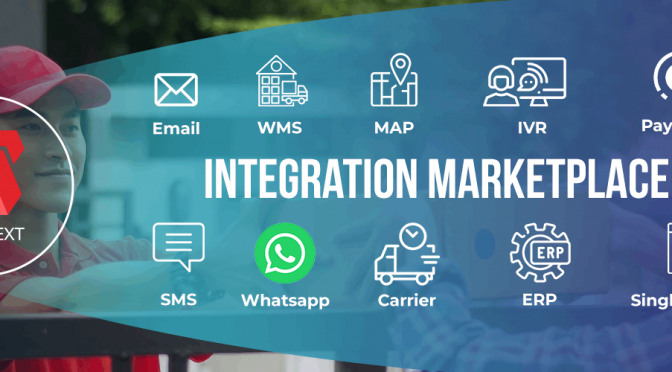
Not having proper integration will derail your supply chain and logistics operations. Here is how LogiNext is helping businesses across the globe streamline operations with a plethora of integration marketplace options to choose from.
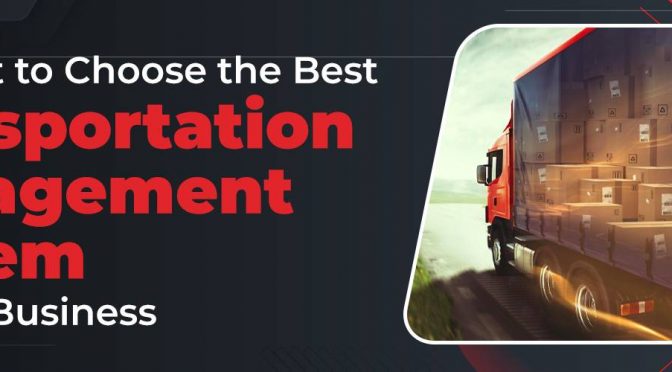
This checklist will help you understand what a Transportation Management System is and how it can benefit your business. It showcases the top features available in the market and how LogiNext can help resolve your TMS problems.
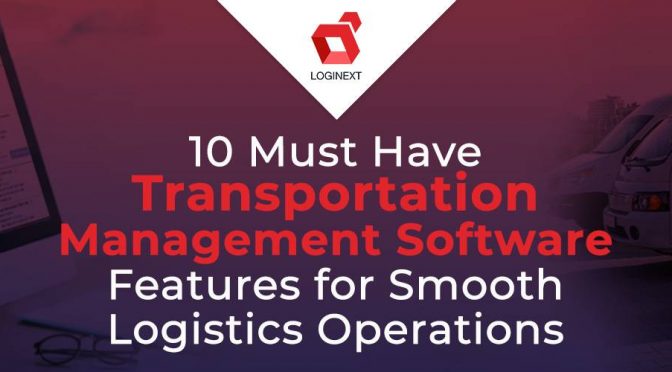
This post provides you with the top ten must-have features of transportation management software. A TMS with these features will help you optimize your logistics operations and ensure smooth operations.
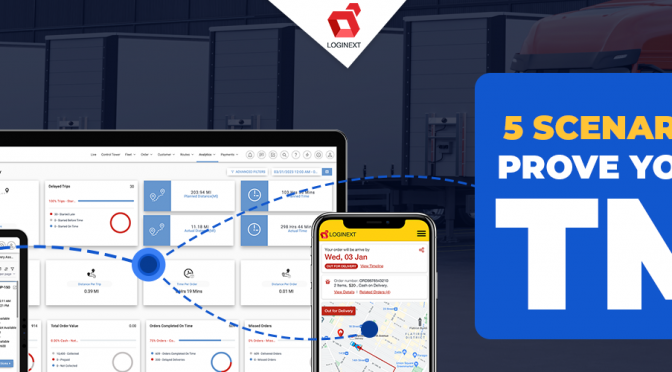
This article describes the positive impact of using a transportation management system in daily operations. It covers the five crucial scenarios where TMS can help enhance your logistics operations.
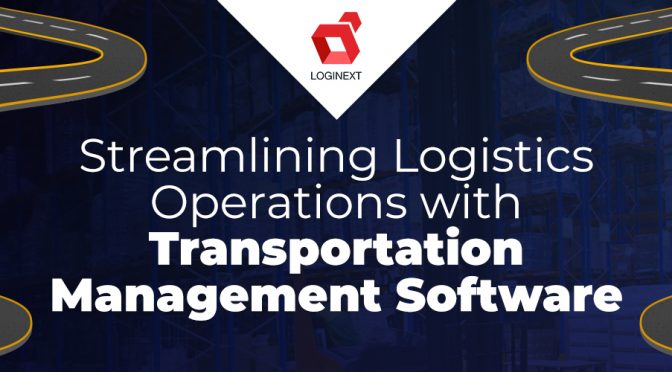
Your ultimate guide to transportation management software that deals with the importance and benefits of TMS, utilizing transportation dispatch software and the difference between TMS and ERP.
![[Infographic] Benefits of Implementing a Transportation Management Software](https://www.loginextsolutions.com/blog/wp-content/uploads/2023/06/Benefits-of-Implementing-Transportation-Management-Software-672x372.jpg)
This infographic highlights the benefits of implementing transportation management software in logistics operations. It showcases how your transportation operations can enhance using TMS.
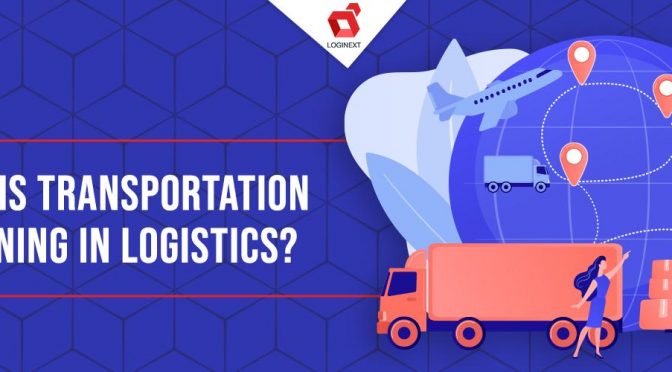
Understand the importance of transportation planning and how a cloud-based transport management system can be used to improve the efficiency and sustainability of logistics and supply chain operations.
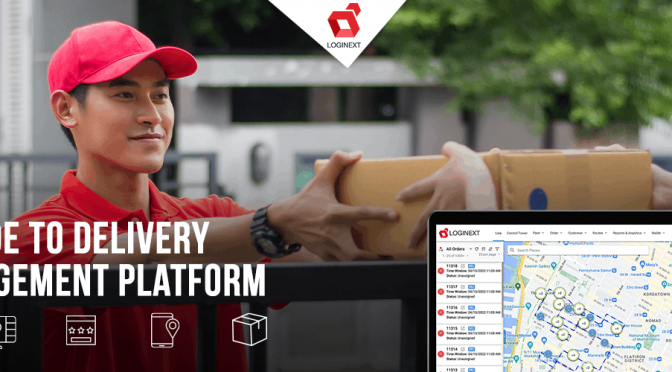
This blog will offer you in-depth details on the importance of a delivery management platform, highlighting its key features and how it helps businesses scale to reach targets.
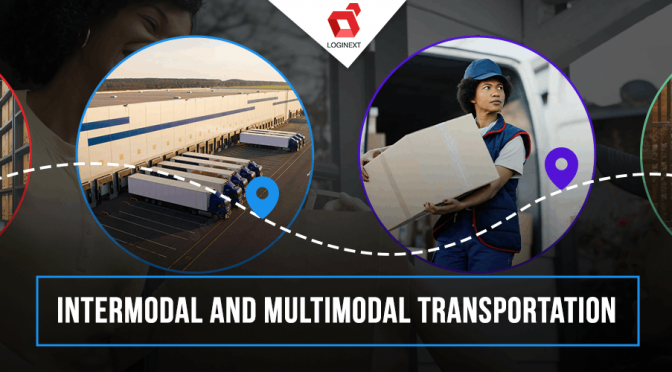
This blog deals with intermodal and multimodal transportation, showcasing the differences between the two and the advantages of each. Also, get an analysis of how technology plays a crucial role in a TMS.
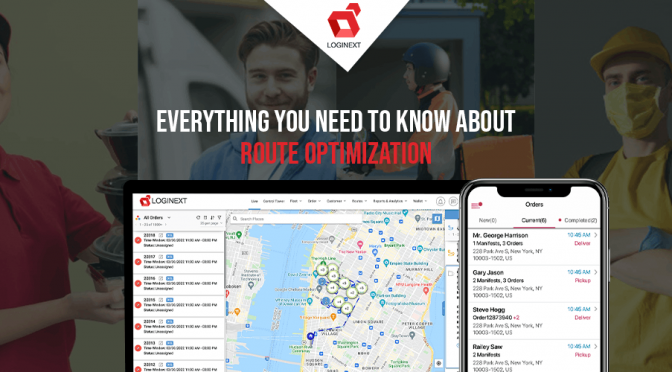
The Ultimate Guide On How Route Optimization Will Improve Your Logistics Operations Be it for the first mile or the last mile; route optimization has been a problem for a long time that is yet to be tackled by the courier, express, parcel, e-commerce, retail, FMCG, and the transportation industry. Finding the best routing software […]
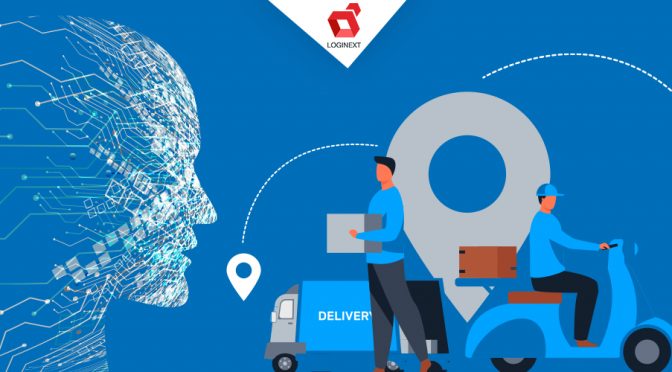
3 Ways in Which Artificial Intelligence is Changing Transportation Management Systems The process of training computers and machines to mimic human brain’s problem-solving abilities is called Artificial Intelligence. The field of AI was formally founded in 1956 at Dartmouth college and since then, it has found increasing adoption in the mainstream world from the defense in […]
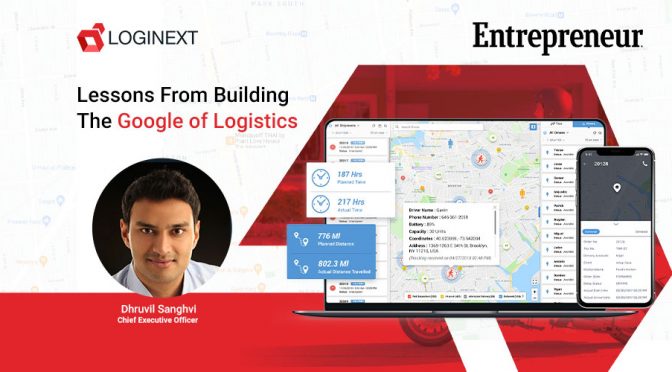
This article from Dhruvil Sanghvi, CEO of LogiNext first appeared on Entrepreneur.com Lessons from building the Google for Logistics Technology Logistics is everywhere around us- From the parcel that was just delivered at your doorstep to movements of containers via trucks to people commuting in cabs, everything is logistics and it forms the basis […]
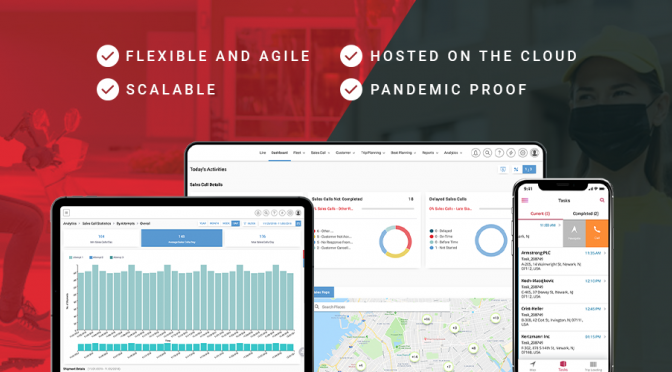
Choosing the right transportation management system is a significant step for any logistics enterprise. It is of utmost importance to weigh all the pros and cons before going for the right partnership, here’s a guide.
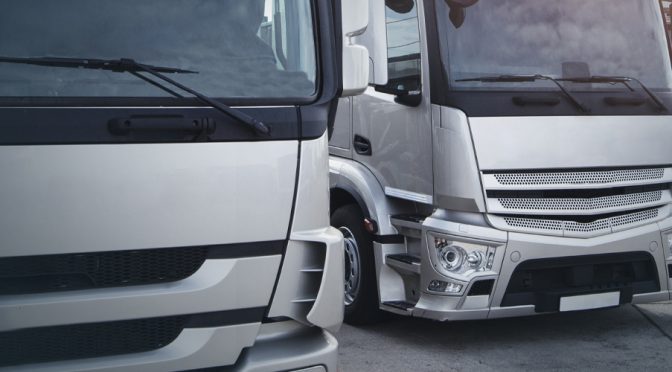
Quick answer: Not yet. There are enormous strides being taken in the autonomous trucks space and driver shortage is a real problem but we’re at least a decade away from autonomous trucks becoming mainstream. In the meanwhile, hybrid is the way and optimization holds huge potential!
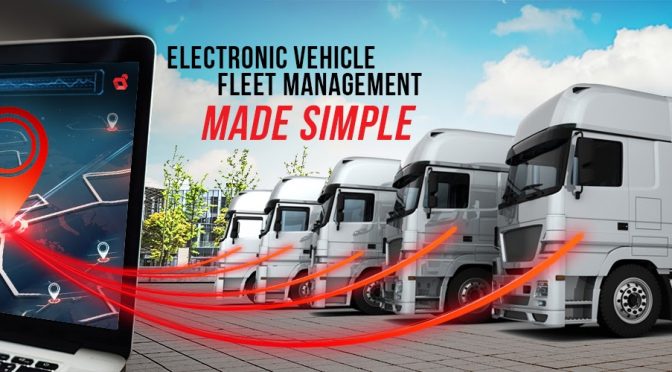
Electric Vehicle Fleet Management Made Simple for the New Age of Transportation Electrification of transport and logistics is booming, where more electric vehicles are making way to consumers. The usage of electric trucks has offered a cost-effective alternative to streamline business logistics. In fact, fleet management has evolved with advanced AI and ML tools […]
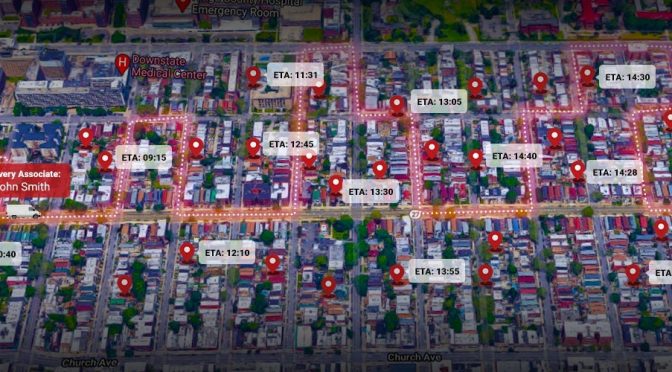
Route planning for a handful of drivers with a single digit number of stops can be done by solutions like Google Maps but the going gets complicated when you have more drivers or vehicles and stops above 50. Optimising route planning for stops above 10 also gets complicated just because of the number of variables involved. What’s the answer to this?
![[2021 outlook] Advanced Route Optimisation, Order Scheduling and ETA Calculation, what’s next?](https://www.loginextsolutions.com/blog/wp-content/uploads/2021/01/2021-outlook-672x372.png)
[2021 outlook] Advanced Route Optimisation, Order Scheduling and ETA Calculation, what’s next? 2020 is the year when logistics technology came in the spotlight. The global pandemic taught us how critical it is to have supply chain visibility and automated processes throughout the logistics supply chain. A lot of you in the e-commerce/last-mile delivery/QSR businesses […]
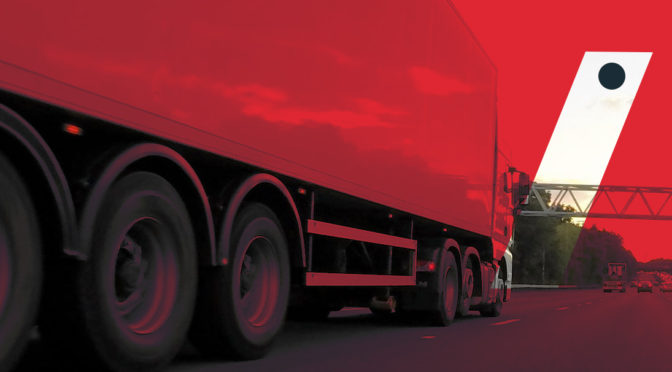
It’s a wrap-up for the Safe Driver Week 2019 and I hope your fleet has come out of it with lesser citations than the last year. The theme of this years #SafeDriverWeek was overspeeding, though overspeeding is a major cause for fatal accidents, we think there are multiple other factors that directly or indirectly contribute towards driver safety on road.

At the pace of current development, machine learning enabled delivery route optimization is the key to sustaining your brand to be consistently relevant for the upcoming future. To ensure that five years down the line you down get sidelined, get the right tech now.
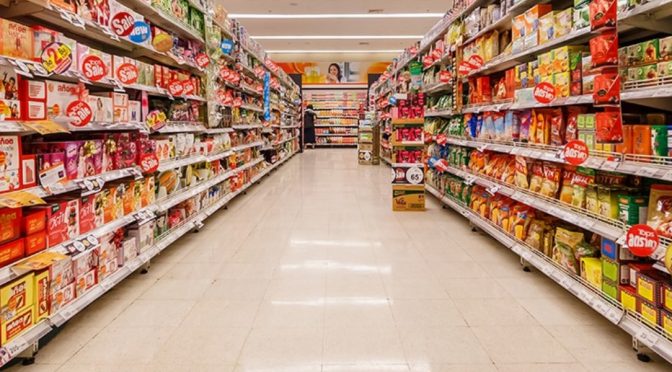
Consumer packaged goods (CPG) industry has been on a growth curve with a sustained CAGR of 10% possibly hitting $721.8 billion sales by 2020. Which side of this growth would your company stand on? One of the major driving factors for CPG, where bigger companies have their brands readily recognizable the world over, is being in the right place at the right time.

The client was one of the largest online home goods retailer in North America with more than 60 million active online users, 10 million hosted products, and 20,000 suppliers. LogiNext optimized their entire logistics movement with optimized carrier handling and high customer (delivery) experience.
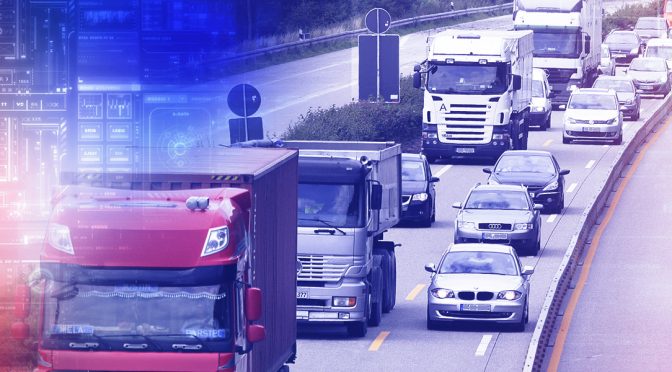
As technology becomes deeply ingrained in the business operations, cloud-based tools lead the charge toward a new and improved fleet management landscape. From automation to IoT to in-fleet GPS tools, technology is the secret sauce to help fleet managers achieve goals across their organization.

Here are the top 3 things that’ll stay strong in 2019, shape how logistics is handled, and business is conducted across the globe. With the best delivery route planning software, logistics management would be more streamlined than ever before.

Why advanced delivery route planning is great for the global economy? Customers want fast deliveries. Companies want to deliver shipments faster and more efficiently using more resources at lower costs. They also want to become more reactive and agile in their delivery movement. These industries are becoming more customer-centric which is good for the economy. […]

The current path of logistics optimization demands a keen interest of the CIO, and this article is directed to bring them up-to-date with the benchmarks they should look for, paving the way for better business opportunities.
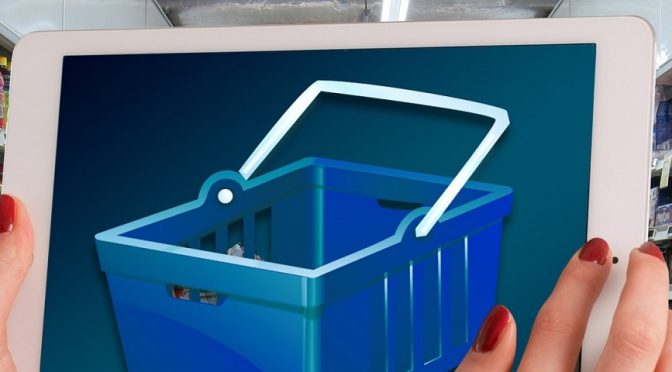
Retail and e-commerce are moving fast and merging along the line into a singular platform. What is driving this behavior for these mega-entities? What is the one factor which is bringing all of retail and e-commerce onto one platform?

